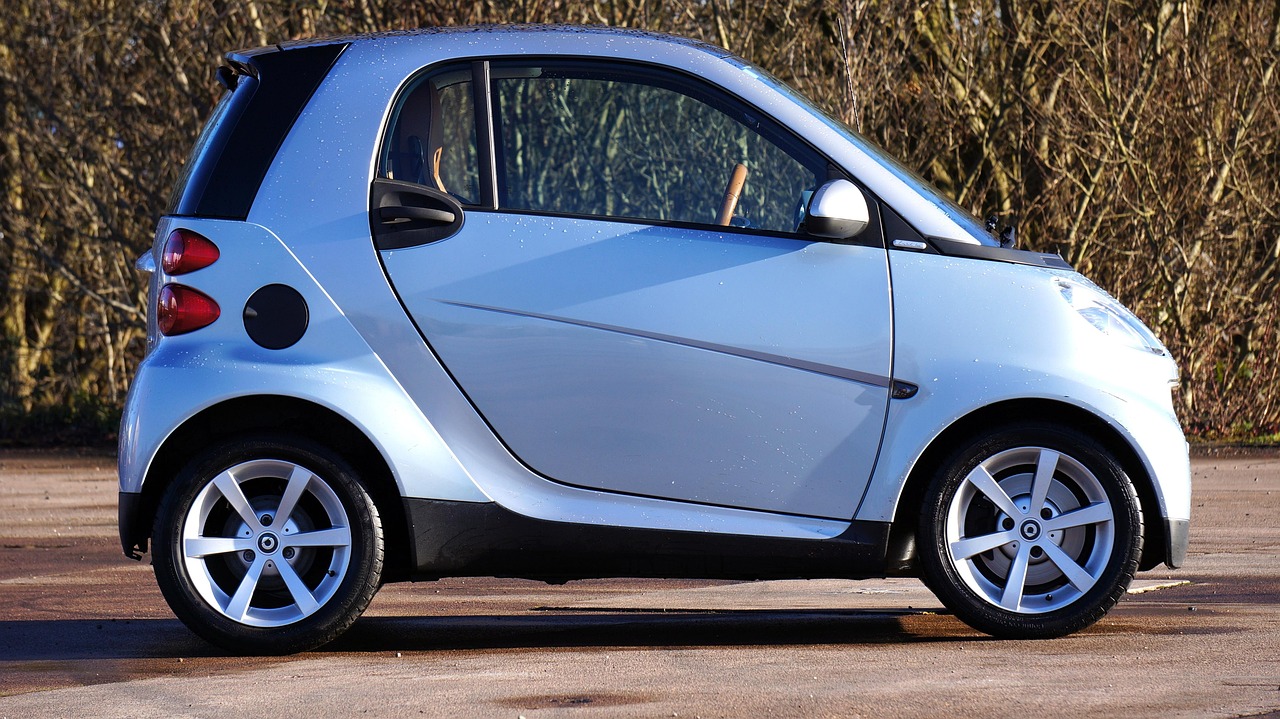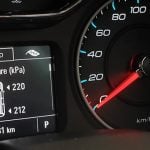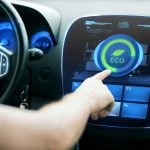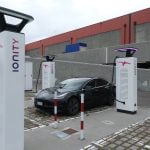Why would something currently not popular in the US market be of interest to anyone? Despite the country’s obvious love for bigger cars, the tiny Smart cars did make some noise on the US roads when they were launched. But why did it make an exit? Here, we dig deep into the history, features that have a positive effect on the environment, and most importantly, the mpg of a smart car that is relevant during the time of soaring gas prices.
What Is a Smart Car?
‘Compact’ is the term that immediately comes to mind when we think of a smart car. However, a smart car is more than its size. These with system-driven artificial intelligence are also referred to as intelligent cars. Smart cars spare drivers from many boring driving responsibilities.
In other words, what a smart car intends to do is keep its passengers and the other vehicles on the roads safer. Features like mood recognition, self-driving, and a system to interpret traffic signals are currently under development.
Are Smart Cars Electric or Gas?
They were launched in the US markets in gas models. But by 2018, it shifted to all-electric. However, some older models still run on a gasoline engine. Apart from the recent electric models, there are also models running on diesel engines.
While electric models are hailed all green for obvious reasons, the other smart car models running on gasoline and diesel consume less fuel. This is owing to its compact size, having restricted room for gasoline.
Which Were the Smart Car Models Available in the US Market?
There are four models of the Smart car seen in the United States.
- Standard model
- Pure coupe
- Passion coupe
- Electric model
The standard model is based on the European-born Smart Fortwo design. The Pure coupe is a simple, gasoline-powered automobile that prioritizes safety, comfort, and fuel economy. The Passion coupe is a luxury version of the Pure with additional amenities, like a superior sound system and a convertible top. Finally, the Electric Drive is a fully electric variant of the regular Fortwo.

Image Source: www.mbusa.com
What Is the Mileage of a Smart Car?
Fuel efficiency is certainly the USP of a smart car. However, it is no longer produced in the United States. So here we look into the Smart car mpg of the Smart EQ Fortwo and Fortwo Electric Drive.
The fuel capacity of smart cars has always been the talk of the town. Weighing as little as 700 pounds, these showed a gas mileage of around 40.
For instance, the 2017 model of Smart EQ Fortwo shows the Smart car mpg of 33/38/35 MPG for city/highway/combined, while the 5-speed manual is slightly less efficient with 31/38/34 MPG.
The mpg for the smart car model Fortwo Electric Drive is 124/94/108 MPGe for city/highway/combined. Meanwhile, it can travel about 58 miles on a fully charged 17.6kWh battery until the next recharge.
How Many Gallons Does a Smart Car Hold?
The amount of gas a smart car can contain hinges on various factors, including the vehicle’s size and the gas tank’s capacity. Some models may have a six-gallon petrol tank, while others may have an eight-gallon tank.
However, one can calculate how long a smart car is on the road with one gallon of gas. You can calculate how many miles you can drive per gallon of gas by dividing the gallons of gas a smart car holds by the local gas price. This can be used to see how long it holds the gas.
For example, with a gasoline tank size of 8.7 gallons (with a 1.3-gallon reserve) and an average mpg of 40, the Smart Fortwo can normally travel 350 miles before refueling.
Are These Safe?
The reliability of smart cars can seem questionable if we look at them through a judgmental lens owing to their small size. However, these tiny cars are safe due to their Tridon Safety cell feature. A structure that surrounds the occupants of a vehicle and works as a powerful protective cage, preventing deformations and ensuring the safety of individuals inside during an accident.
Why Are Smart Cars Not Available in the US Market?
In the early 1990s, Mercedes-Benz and watchmaker Swatch collaborated to create the Smart, which stands for “Swatch Mercedes Art.” It was designed for city roads and found many buyers for the same reason, and certainly for its fuel efficiency.
It arrived in the US market in 2008 with impressive sales in the country. But, with the switch to electric models, the sales took a hit. The high cost to homologate the cars was the main reason for their exit.
However, people still consider smart cars a secondhand option due to the fuel efficiency and the decent mpg of smart cars. In addition, the low carbon footprint and the convenience of parking still remain the reasons to opt for a smart car worldwide.

Sara Sam may not look like your typical car and finance expert, but don’t let that fool you. With over four years of experience in the industry, she knows all the ins and outs of cars, car insurance, and refinancing. You can trust Sara to help you navigate the often-confusing world of automobiles and financing.


















